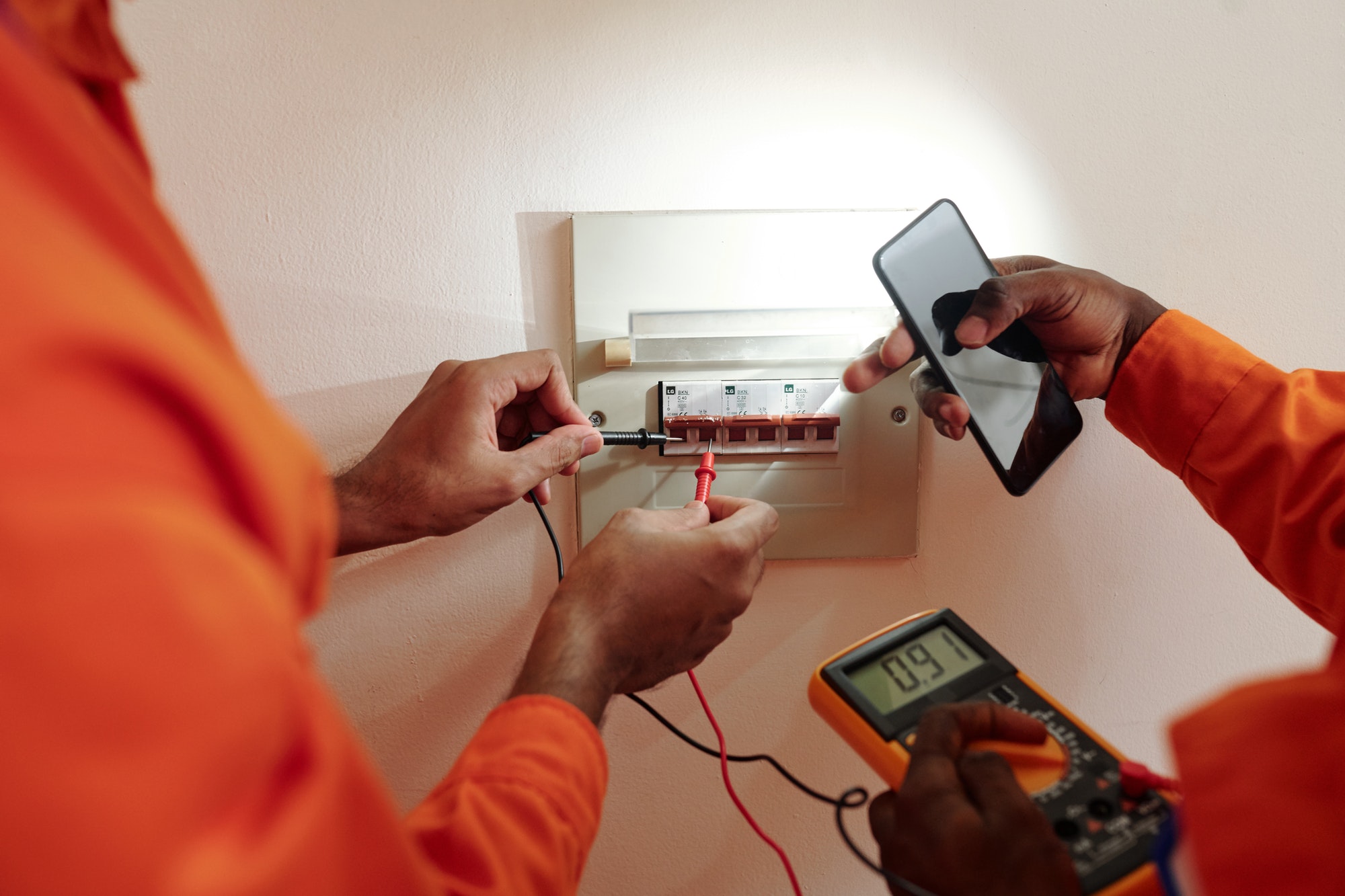The electrical wiring in a home is fundamental to its operation, powering everything from lights and appliances to high-tech devices. However, like all components of a house, wiring doesn’t last indefinitely. Its lifespan depends on various factors including the materials used, the quality of installation, and environmental conditions. Understanding the lifespan of your home’s electrical wiring is essential for maintaining safety and functionality.
Materials and Types of Wiring
- Copper Wiring: Copper is the most common material used for electrical wires due to its excellent conductivity and durability. Properly installed copper wiring can last 50 to 70 years or more. However, the lifespan can be reduced by factors such as corrosion, excessive heat, and physical damage.
- Aluminum Wiring: Commonly used during the 1960s and 1970s due to high copper prices, aluminum wiring is less durable than copper. It is more susceptible to corrosion and has a higher expansion rate, which can loosen connections over time. Aluminum wiring typically has a lifespan of about 30 to 40 years but requires careful maintenance and inspection.
- Knob and Tube Wiring: Found in homes built before the 1950s, knob and tube wiring does not include a ground wire and is considered outdated. The lack of grounding and insulation degradation over time makes this type of wiring a safety hazard as it ages, and it often does not meet modern electrical codes.
Factors Affecting Lifespan
- Quality of Installation: Proper installation by qualified professionals is crucial for maximizing the lifespan of electrical wiring. Poorly installed wiring can lead to a host of problems, including electrical fires and system failures.
- Environmental Conditions: Humidity, temperature fluctuations, and exposure to chemicals can adversely affect the condition of wiring. Homes in areas with high humidity or drastic temperature changes may require more frequent inspections and potential rewiring sooner than homes in more stable environments.
- Usage Patterns: The demand placed on a home’s electrical system can impact the lifespan of its wiring. Overloading circuits, frequent power surges, and the use of large numbers of high-consumption appliances can accelerate wear and tear.
- Upgrades and Modifications: Frequent changes to the electrical system, such as adding new outlets or fixtures, can disrupt the integrity of the existing wiring. Each modification can potentially introduce problems if not done correctly.
Signs of Aging Wiring
- Frequent breaker trips
- Flickering or dimming lights
- Discolored outlets or switches
- Buzzing sounds or burning smells from electrical components
Maintenance and Inspection
Regular inspections by a qualified electrician can help extend the life of your home’s electrical wiring. Professionals can identify issues such as overloaded circuits, poor connections, and degraded insulation before they become serious problems. It’s recommended to have a thorough electrical inspection every 10 to 20 years, depending on the age of the house and the type of wiring.
Conclusion
The lifespan of electrical wiring in residential properties can vary significantly based on several factors. While modern copper wiring can last several decades, the actual lifespan of your home’s wiring system will depend on its material, installation quality, environmental conditions, and usage patterns. Regular inspections and maintenance are key to ensuring the safety and functionality of your electrical system. Understanding these aspects allows homeowners to take proactive steps to manage and maintain their electrical infrastructure effectively.







